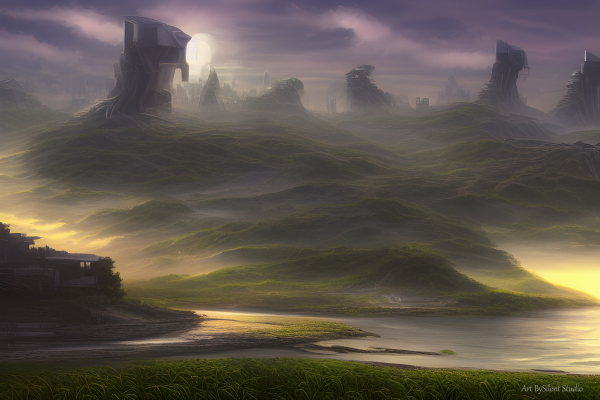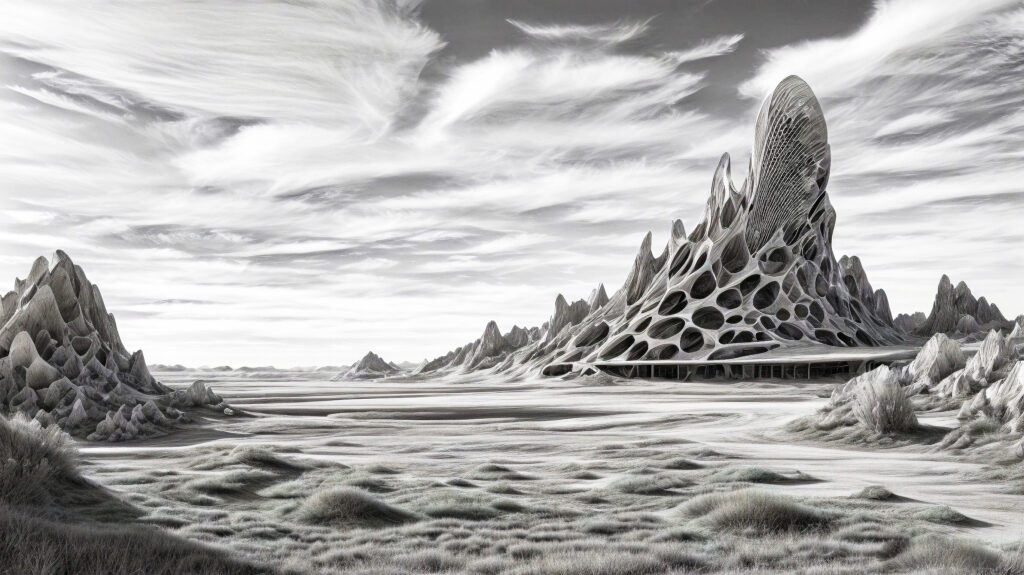
The People of Tiris

As the shuttlecraft descended onto the surface of the planet Tiris, I couldn’t help but be amazed by the scenery below. The hilly grasslands were dotted with strange, flat-topped structures, while a hazy fog covered the landscape. It was early dusk, and I couldn’t see any signs of a centralized government or urban centers. The only signs of life were small, scattered settlements. I was part of a team sent by the Inter-Planetary Alliance (IPA) to survey this new world and contact its inhabitants. Our mission was to establish a relationship with the indigenous people, understand their culture and ways of life, and see how we could help improve their living conditions.
As the shuttlecraft landed, we were greeted by a group of curious individuals who had never seen outsiders before. They were dressed in rough, homespun clothing, and their faces were weathered from the harsh environment. They spoke a language I had never heard before, but I could communicate with them through a translation device. I learned that the people of Tiris were similar to the indigenous people of North America on old Earth. They were peaceful, nomadic people who lived off the land, hunting and gathering their food. They had no centralized government and lived in small, tight-knit communities. They had a rich spiritual tradition and believed in a balance between themselves and the land.
However, their way of life was being threatened by their world’s harsh, toxic environment. The clouds of haze that covered the landscape were poisonous, and their water sources were contaminated. The IPA saw an opportunity to help, and I was tasked with establishing a water purification system and a sustainable agriculture program. I worked closely with the local community, and with their help, we built the necessary infrastructure to support our initiatives. Over time, I saw a remarkable transformation in the people of Tiris. They were no longer struggling to survive, and their health and well-being improved. The haze cleared, and the land became more fertile.
As I prepared to leave Tiris, I couldn’t help but feel a deep connection to this world and its people. I promised to return and continue to help in any way I could. The people of Tiris may have lived on the edge of the galaxy, but they had a rich culture and spirit that was truly inspiring. And I was proud to be part of the IPA’s mission to help positively impact the lives of those we encountered on our travels through the stars.

